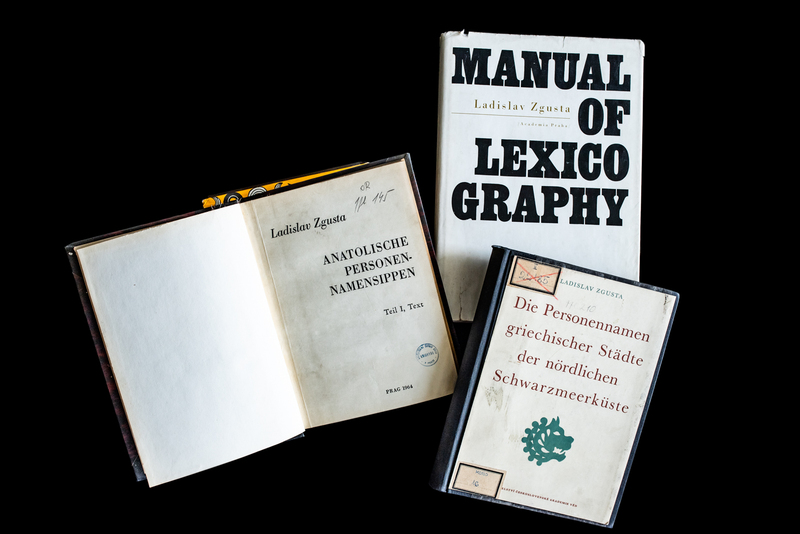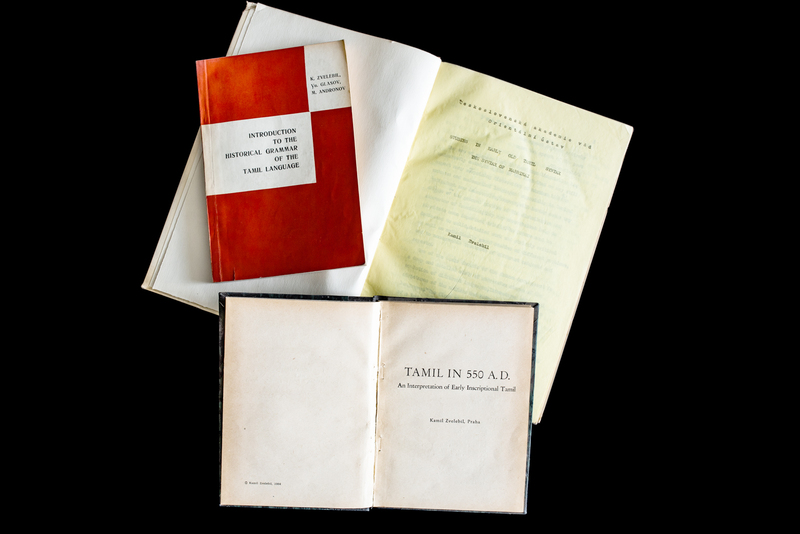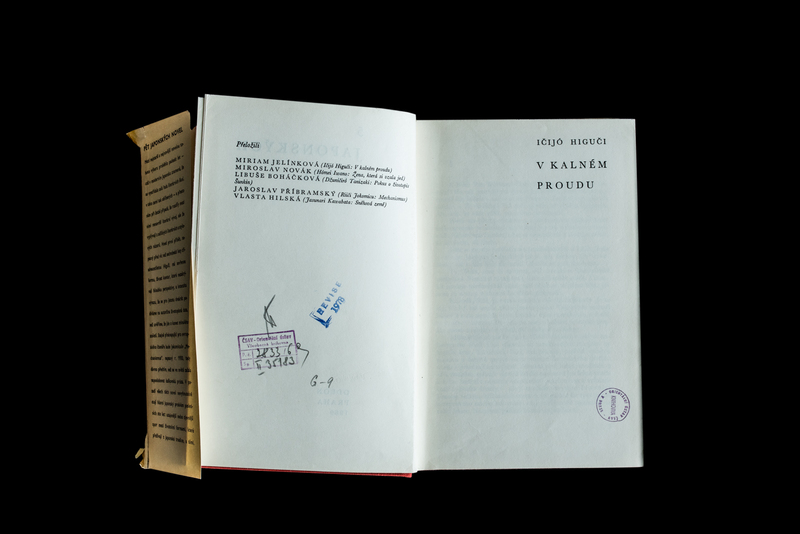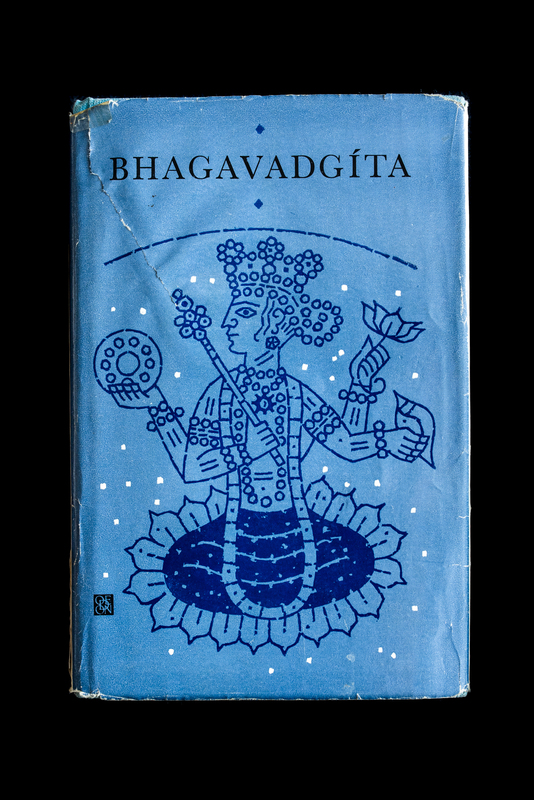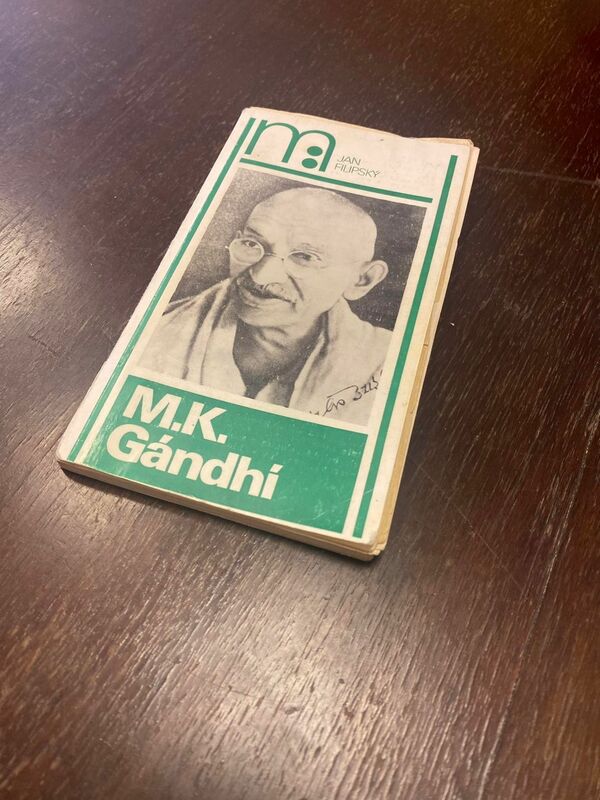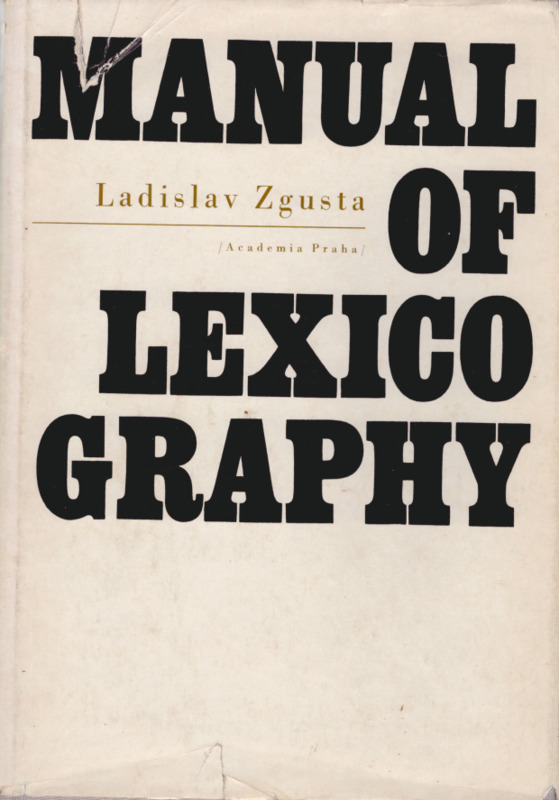100 Years of Oriental Institute
Survival Times
This stage in the Oriental Institute’s history covers the period of "normalization" until the Velvet Revolution. Unequivocal political-ideological orientation brought an unfortunate period of repression after 1968. Many top researchers emigrated. The rest were forced to abandon the topics of their interest. Orientalist fields went through a great depression and crisis.
Another institutional product of the "normalization" policy was the inorganic establishment of a Latin American department and ultimately of a department for the study of imperialism and the U.S.A. A newly formed department of Asian press and documentation was designed for the intractable Sinologists who were charged with the task of preparing weekly digests and translations from the Chinese press. Stewardship over such deformed Institute was entrusted to Václav Opluštil (1971–73) and later to Jaroslav Cesar (1973–90), both dutifully fulfilling the directives of higher party and academic bodies.
Despite being under these oppressive circumstances, a group of specialists found it possible to survive in the Oriental Institute and proceed successfully with their research work. Some of the publications produced during this period are presented below.
The tragic events of August 1968 and the subsequent disastrous so-called ”normalization” period (1969–1989) had cruel consequences for Czechoslovak Oriental studies. A significant number of leadingCzech Orientalists emigrated abroad (e.g. M. Jelínková, M. Kalous, J. V. Neustupný, S. Segert, Z. Słupski, L. Zgusta, K. V. Zvelebil, and others) to assert themselves, successfully, in foreign universities and research institutions across four continents.
Even during this inglorious period in the Oriental Institute’s history, there appeared numerous valuable monographs, lexicographic works and, above all, translations from Oriental languages which helped to perpetuate awareness of Asian cultures among the general public. Zdenka Heřmanová and her team's compilation of the 9 volume Czech- Chinese Dictionary (1974-1984) is an attestation of the relentless spirit of scholars.
Josef Kolmaš’ "The Iconography of the Derge Kanjur and Tanjur" published in 1978 was the result of a warm relations with the author's teacher, Yu Daoquan. Yu Daoquan played an important role as Kolmaš himself did not travel to Derge for political reasons. This province is a major centre for the production of Tibetan texts located right on the border between Sichuan Province and the Tibetan Autonomous Region. The Oriental Institute owns several original prints of the Derge canon in its rare collections.
This translation of one of the most important texts of Hindu literature - an integral part of the Mahabharata epic - by Jan Filipský and Jaroslav Vacek is the first attempt to translate consequential Sanskrit texts directly into the Czech language.
Czech Orientalist Otakar Klima published this book in 1977 on the history of Iran from the arrival of the Aryan tribes to the demise of the Sasanian dynasty in 651. He describes the emergence and beginnings of the Iranian states, the great personalities of Iranian history, presents a picture of the society of that time, the religious world of its inhabitants, and introduces the development of the past.
Jan Filipský's M.K. Gandhi published in 1989 for the 120th anniversary of Gandhi's birth is one of the outcomes of his several long-term study stays in South Asia (mainly in India, Sri Lanka and Pakistan) where he gained a number of archival materials, literary sources, and personal experiences. It provides a clear outline of the life, political and community service, and philosophical views of this leading fighter against war and violence in support of freedom and human dignity.
This book by Ladislav Zgusta is the first comprehensive treatise on the theory and methodology of lexicography, considered to be one of the best introductions and practical guides to lexicographic principles, types of dictionaries, methods of compiling, and planning.



